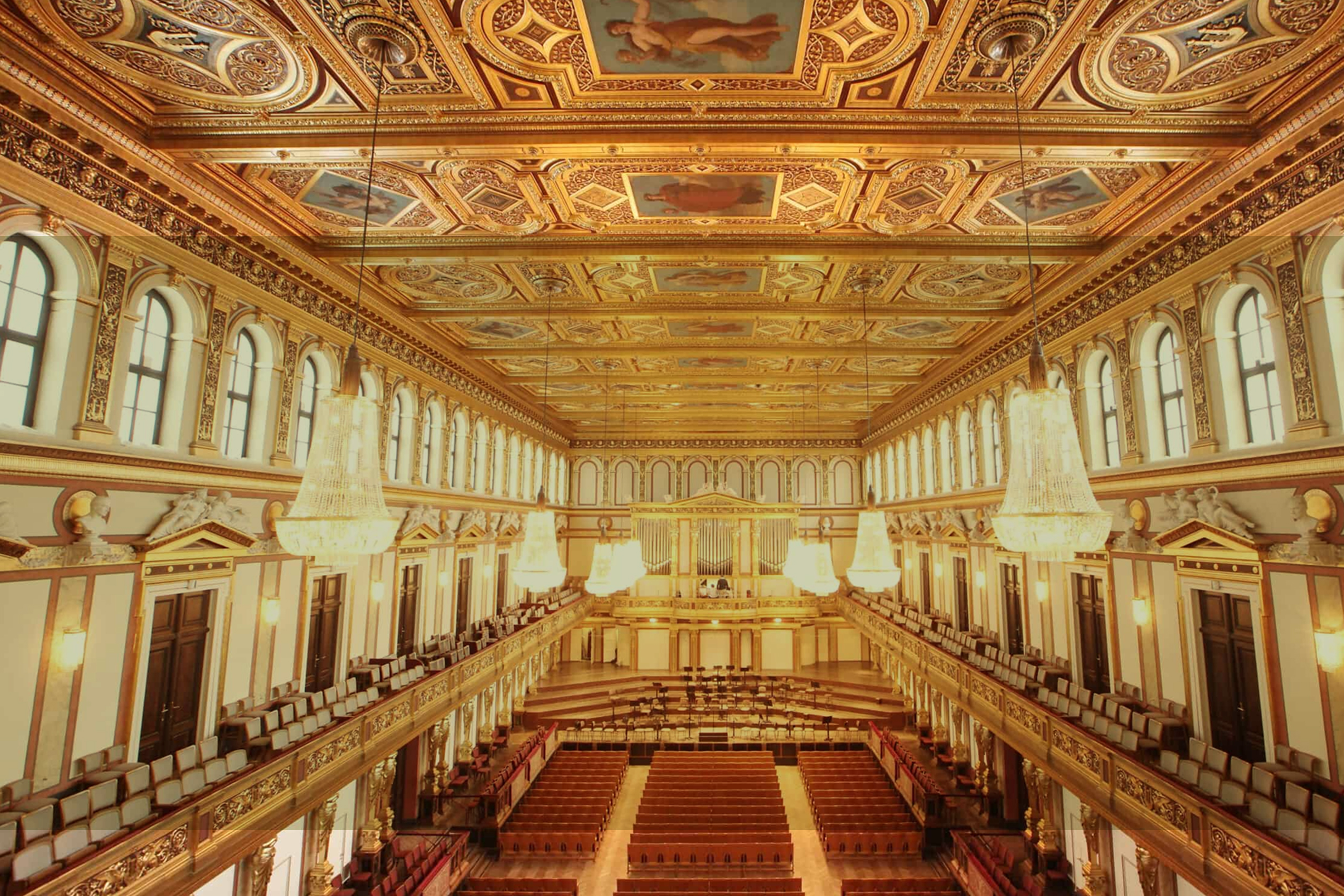Vienna – At the „Homage to Johann Strauss“ on October 25 at the Vienna Musikverein Mutter will present three world premieres: „Three Dances” by Max Richter for violin and orchestra, an arrangement of Johann Strauß‘ Csardas from „Die Fledermaus“ as well as “When the World Was Waltzing” by John Williams.
Max Richter about
Three Dances
“Brahms is the soul of Vienna, Strauss is her perfume”
The Waltz lands in the 19th century as a radical and disruptive form, scandalous in the proximity required of the dancing bodies, the intoxicating sensorial effects of the continuous circling movements, and the frank emphasis on physicality.
In the “Three Dances” I wanted to avoid writing a work that pastiches Strauss music; this area having been amply explored by Ravel in “La Valse” and my own teacher, Berio in the second movement of the “Sinfonia”, but rather to respond to the Waltz as a psychological project, and to the principle of “dance music” in a broader sense.
Like all music for dancing, whether the EDM of our time or the folkloric historical traditions, the waltz is founded on repeated rhythmic patterns, and it is this common principle I’ve tried to explore in various ways in my new work.
The first movement “Circles in Circles” presents a glittering landscape of overlapping shifting patterns propelled by a repeating bass line. The second movement is like a super slow motion shot in a movie, where the dancing protagonists make eye contact and know, in that moment, that their lives will be forever changed; a split second that seems to last forever. The third movement explores different perspectives on familiar rhythmic materials as a way to encounter them as if for the first time.
I offer this work in the spirit of admiration for Strauss’s work, which still holds such a strong appeal for us, all these years later. When Strauss’s wife Adele asked Brahms to autograph her fan, he wrote for her not some music of his own, as was customary, but the first few notes of the “Blue Danube” waltz, adding the comment “unfortunately, NOT by Johannes Brahms.”
John Williams about
When the World Was Waltzing
The idea of writing a new waltz to celebrate the 200th birthday of Johann Strauss II was entirely the idea of Maestro Manfred Honeck, an artist we all greatly admire. While he and I were doing a concert with violinist Anne-Sophie Mutter, he suggested that I contribute a short work commemorating Strauss’ bicentennial and featuring Ms. Mutter’s dazzling artistry in a way that might prove amusing. Of course, rather than asking a composer from Hollywood, I immediately thought it that might be more suitable to approach one of the many talented composers in Austria and Germany whose knowledge and understanding of Strauss’ repertoire certainly eclipses my own. I am not an expert in the music of this great master, although what I have heard of it I admire greatly, as we all remember Brahms also did. But Maestro Honeck persisted, much to my delight, and as always, I found myself unable to resist the wonderful Ms. Mutter!
The question was what to do… To begin, I might say what the piece is not. It is neither an imitation nor a portrait of Strauss. Nor does it take the form of pastiche or parody. Rather, it strikes me as more of an example of what one thinks Strauss might write today, given the expansive uses of orchestration that have taken over the practices of managing orchestral music in the many years since he left us. Perhaps the great man might have been intrigued by the excesses of the “Hollywood Style”, which certainly owes him a great debt. All I can say is that for me, this project has been enormous fun, and the opportunity to collaborate with Ms. Mutter and Maestro Honeck is always a tremendous honor.



